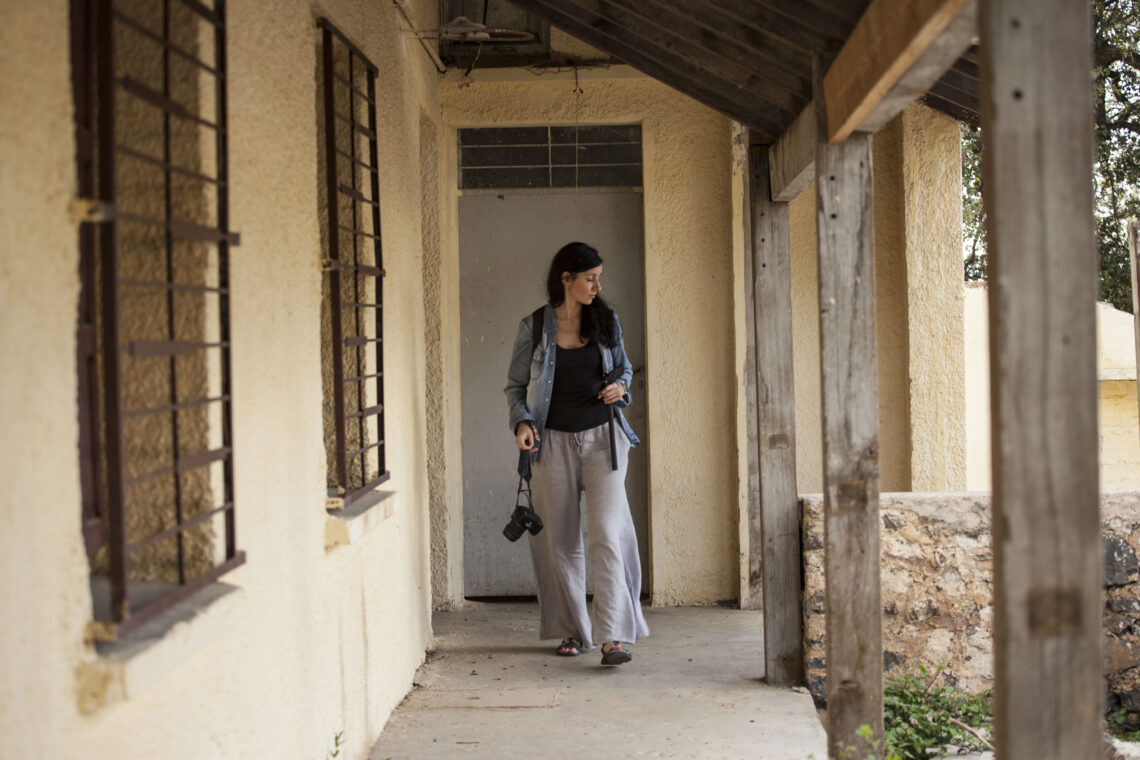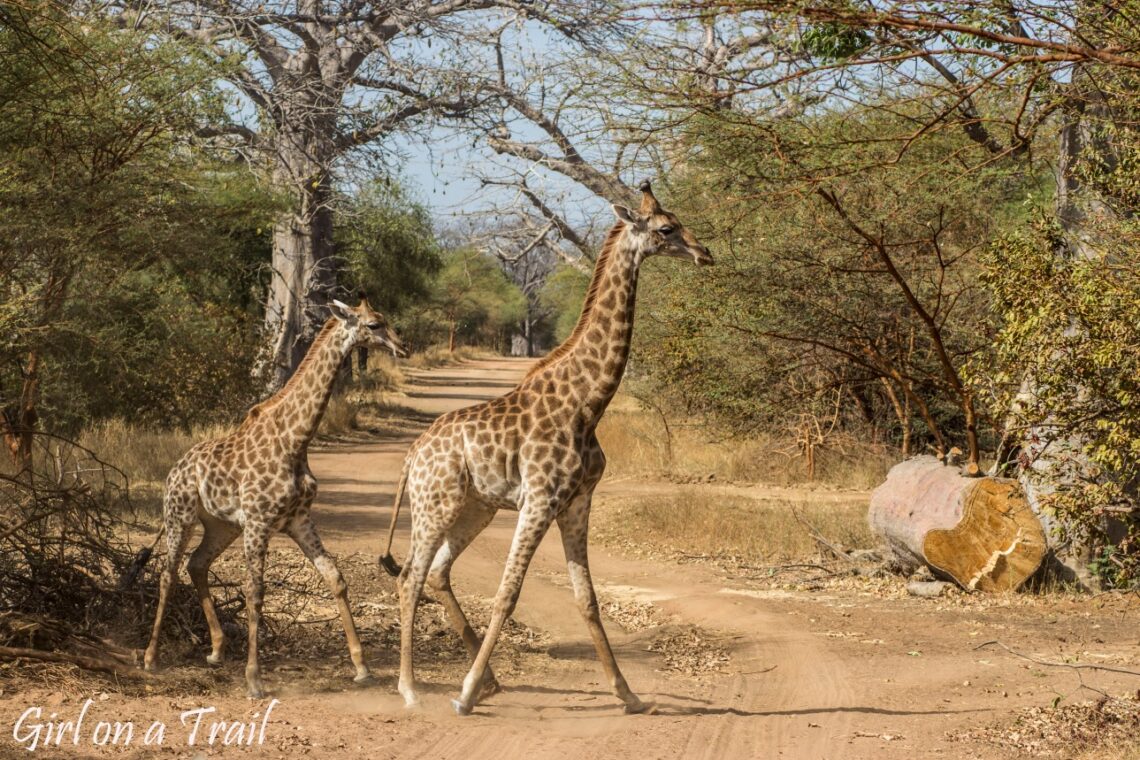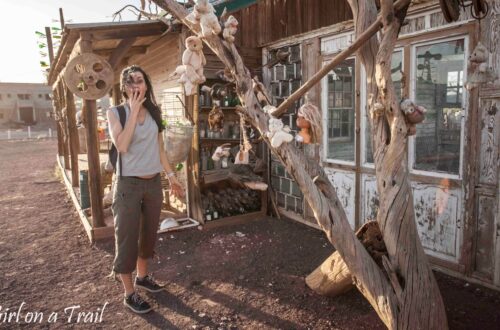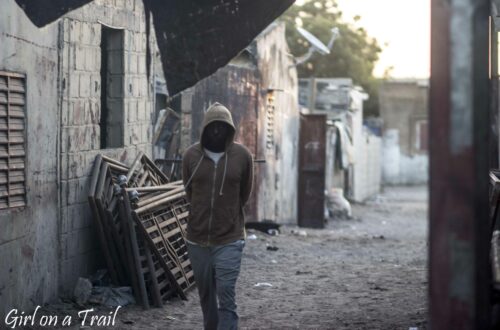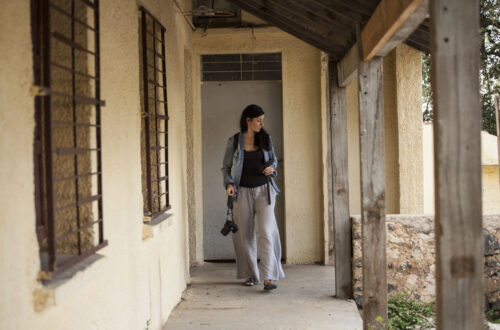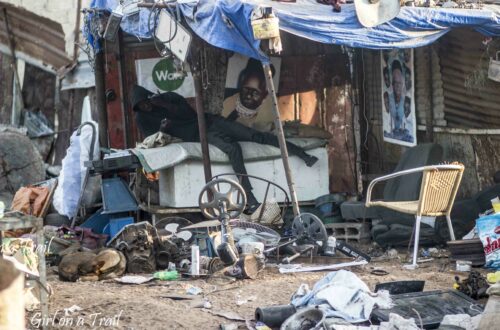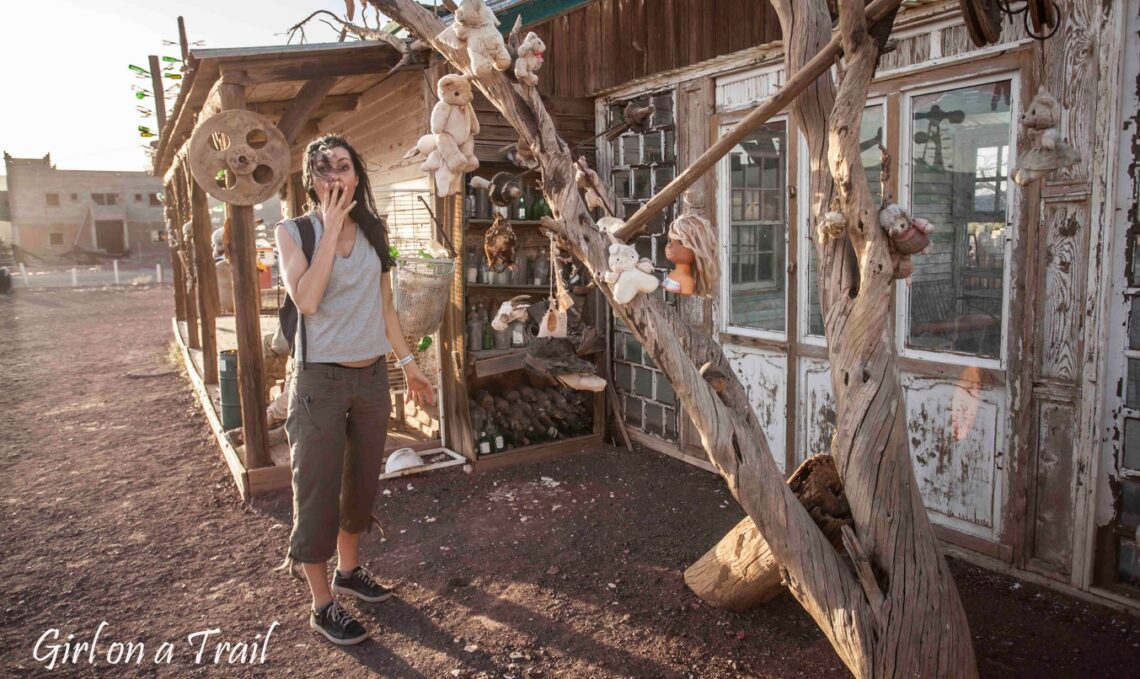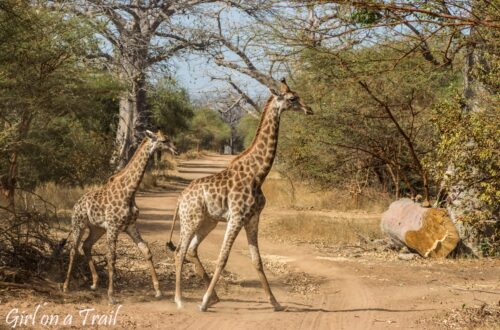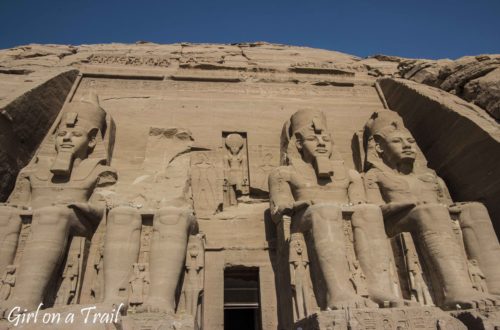Africa
-
Monkey Grove and Urbex Adventures in a Sanatorium and Monastery –Fes surroundings
A monkey grove and urbex in a sanatorium and monastery – these three places are located not far from the famous city of Fez. Just a short trip outside the city and you’ll find scenery straight out of a B-movie horror movie, a nature documentary, or… a banana commercial. If you have a penchant for abandoned, strange, and slightly eerie places, and you’re not afraid of meeting a poker-faced monkey, then you absolutely must see these three unique places. Abandoned Tuberculosis Sanatorium – Ben Smim A hidden gem for any urban exploration aficionado, this old TB sanatorium sits deep in the forest near the village of Ben Smim. The road…
-
Bandia Reserve – Senegal’s Safari Experience
Bandia Reserve lies just 65 km from Senegal’s capital, Dakar. Established in 1990, Bandia was the country’s very first private nature reserve. The area is fenced, but within its 3,500 hectares, animals roam as if the fence didn’t exist. Add to that a scenic backdrop of giant baobab trees, palms and scrub, and you’ve got yourself the perfect setting for your next wildlife photoshoot. What about the Big Five? Well… the lions and elephants have the day off. Bandia doesn’t offer the full African “Big Five” experience, but it makes up for it with sheer diversity. Here, you can spot giraffes, white rhinos, impala gazelles, buffalo, hyenas and crocodiles. The…
-
Essaouira, Morocco
Essaouira is one of those Moroccan cities that’s well worth a visit. Instead of the usual maze of narrow alleyways and a chaotic medina, here you’ll find a neat grid of streets, whitewashed houses with blue shutters, and a fresh breeze straight off the Atlantic. While it may not be as famous as Marrakesh or Fez, Essaouira has its own story, its own vibe, and more than a few solid reasons to swing by. The city’s history goes all the way back to Roman times, when traders dealt in a precious dye known as Tyrian purple (which I wrote about here). It was extracted from a particular species of sea…
-
“The Hills Have Eyes” Gas Station – Moroccan Horrorwood
At first glance, it’s just a rusty old gas station in the middle of nowhere. But get a little closer, and suddenly you feel as if you were participating in a B-grade horror film. And not without reason – this is the actual filming location of The Hills Have Eyes (2006), a remake of the 1977 classic of the same name.To be honest, I haven’t watched either version. However, visiting the abandoned set was unsettling enough on its own 😅. The station is located near the town of Ouarzazate, often dubbed the “Hollywood of Morocco.” American filmmakers fell in love with this place – it’s basically like sunny California but…
-
Zanzibar – The Spice Islands and Cloves Smuggling
The Zanzibar islands are known as the Spice Islands and have long been a centre of spice production. The most popular spices include cloves, nutmeg, cinnamon, and pepper. The best way to learn about the rich history of these crops is to visit a local spice farm. Spice farms in Zanzibar are not typical vast plantations where a single type of plant stretches to the horizon. Instead, they have a demonstrative character, with a variety of plants and fruit grown on a relatively small area. This allows visitors to see the diversity of Zanzibar in a relatively short time. There are many offers for the so-called Spice Tour; I visited…
-
Marafa, Hell’s Kitchen – Surreal Landscape of Kenya
Marafa, also known as Hell’s Kitchen, is one of the most intriguing attractions on Kenya’s coast. Just a 40-minute drive from the tourist resort of Malindi will transport you to a completely different, surreal reality. Hell’s Kitchen is a canyon that surprises with fascinating rock formations, resembling the Grand Canyon in the USA or Cappadocia in Turkey. Moreover, this place is aptly named Hell’s Kitchen – during the day, temperatures here can reach up to 50°C. According to local legend, Marafa is called “Nyari,” which translates as “the place broken by itself.” It was created as a result of the gods’ revenge on a wealthy family. This family owned a…
-
Lake Manyara and Tarangire National Park
Lake Manyara National Park and Tarangire Park are located next to the Ngorongoro and Serengeti Conservation Area. Both parks may not be as impressive as Serengeti and Ngorongoro, but they are worth visiting due to their unique, diverse landscape. The name of Lake Manyara comes from the word Manyero, which means: “a place where animals drink water”. It’s the smallest park in Tanzania, which is why it’s often skipped by tourists. The second reason may be the dense vegetation, which may make it difficult to observe animals. In the central point of the park there’s the salty, pink Lake Manyara. It ‘s quite shallow, its depth is only three meters.…
-
Lake Naivasha and Hell’s Gate National Park
Lake Naivasha is located along the eastern part of the East African Rift, a tectonic depression system that has shaped the landscape of this region in interesting ways. It’s the highest freshwater lake in the Rift Valley, situated at an elevation of 1,884 meters above sea level, and is fed by the Malewa and Gilgil rivers. The high elevation of Lake Naivasha and its freshwater environment create a unique ecosystem that attracts over 400 species of birds. Visitors can spot numerous cormorants, pelicans, herons, kingfishers, and eagles. In addition to the birds, the area is home to numerous hippos, while the lakeshore provides an ideal habitat for zebras, giraffes, buffaloes,…
-
Masai Mara – The Kingdom of Lions and the Great Migration
Masai Mara is one of the largest reserves in Kenya. The vast plains and savannas found here are renowned for their incredible biodiversity. Its name comes from the Maasai people and the word “Mara,” which in the Maasai language means “spotted.” The park received this name due to the scattered trees and shrubs that dot the landscape. The Maasai people are deeply connected to this land and are arguably the most iconic tribe in Africa. They moved to the highlands of modern-day Kenya in the early 17th century. They led a semi-nomadic lifestyle, moving with their cattle during the rainy and dry seasons to prevent overgrazing areas. Unfortunately, like most…
